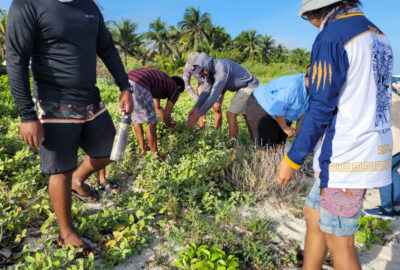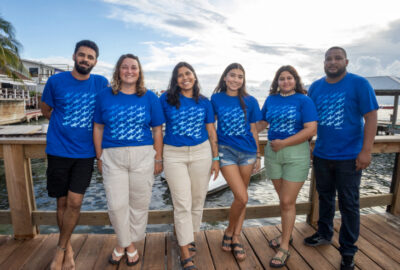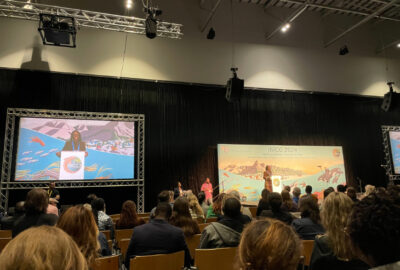Please note: We strongly recommend purchasing tickets in advance to guarantee entry, as we do sell out during school vacation week (April 19 – 27).
Tracking Marine Megafauna
Using acoustic telemetry to strengthen conservation efforts along Costa Rica’s pacific coast
By New England Aquarium on Monday, March 01, 2021

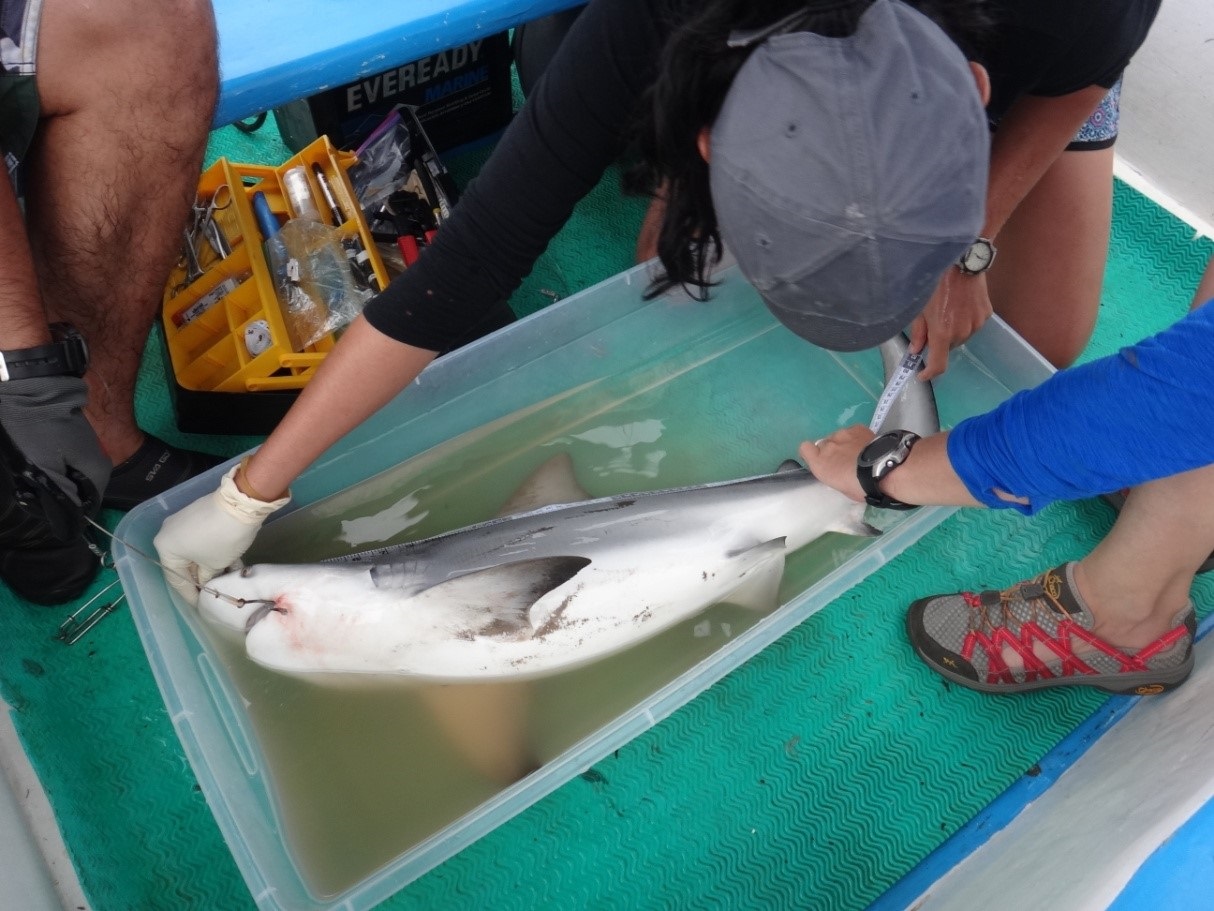
By Daniel Arauz Naranjo, researcher and project coordinator at the Center for Endangered Marine Species (CREMA)
This post is one of a series on projects supported by the New England Aquarium’s Marine Conservation Action Fund (MCAF). Through MCAF, the Aquarium supports researchers, conservationists, and grassroots organizations around the world as they work to address the most challenging problems facing the ocean.
As stated on the United Nations 14th Goal for Sustainable Development, saving our oceans should be a top priority and at least 10 percent of coastal and marine areas should be protected under Marine Protected Areas (MPAs) by the end of 2020. Moreover, MPAs need to be effectively managed and well resourced, using the best information available in order to reduce overfishing, habitat loss, pollution, amongst other serious threats. Trying to contribute to this goal, Costa Rica has around 3% of national waters protected under some type of regulation. Cabo Blanco’s Marine Management Area (CBMMA), an 82000 ha multi-use zone in Nicoya Peninsula created back in 2017 stands out as Costa Rica’s largest MPA in coastal waters. With iconic marine species such as sea turtles, giant manta rays, sharks, and humpback whales cruising through its waters, CBMMA also shelters an important economic resource for coastal communities in Nicoya that depend on small scale fishing and eco-tourism as a main source of income. However, severe gaps on information as well as a lack of resources destined for research, has prevented CBMMA to function as it should be, with a proper management plan and regulations not yet developed for the area.
Taking this into consideration, researchers from the Rescue Center for Endangered Marine Species (CREMA) with the support of the Marine Conservation Action Fund have kickstarted a monitoring program with the aim of discovering the connectivity, routes, and home range of key species such as bull sharks, hammerhead sharks, hawksbill sea turtles and giant manta rays in this extremely productive region. Researchers use a modern and reliable method of acoustic telemetry developed by InnovaSea (www.innovasea.com) to successfully study the animal’s presence in key areas within and around CCBMA as well as the movement between this and other MPAs in the Nicoya Peninsula. The information gathered through this monitoring program is crucial in order to identify key areas of activity within the multi-use zone in the MPA, highlighting areas where management and vigilance should be increased. By working together with national authorities, local communities, local fisher associations and local tour operators, researchers from CREMA hope that the data gathered through this program serves as baseline information when creating and implementing the new management plan, zoning, and rules of the CBMMA.
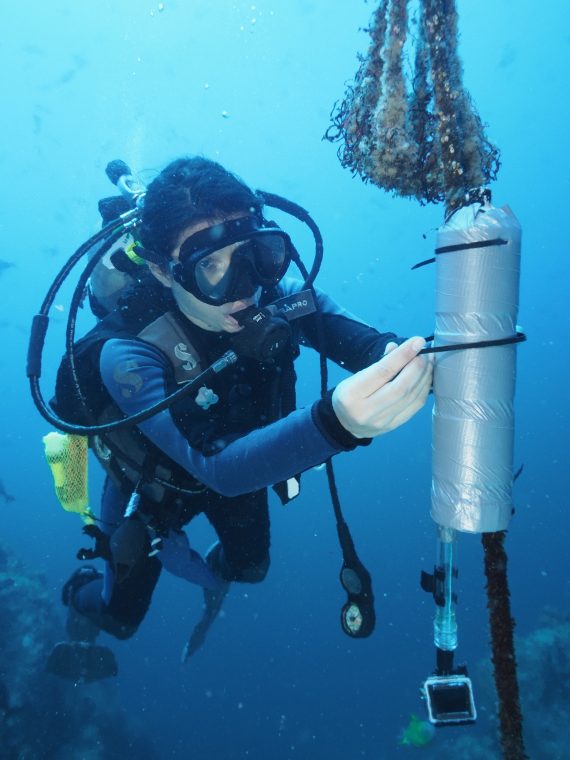
In order to track the animals, they need to be equipped with an acoustic transmitter or tag which emits a “ping” on a certain interval of time programmed by the researchers. This “ping” is specific for every transmitter and its outside the audible range of sea turtles and sharks. The transmitter can be deployed externally, which in the case of sea turtles is attached to the carapace, or internally, where the animals goes through a small surgical procedure in order to insert the transmitter inside their bodies. Once the shark or the turtle is equipped with our transmitter, it is released back in to the wild for it to continue its regular day to day life. The movements and presence of individuals is then studied by a set of listening stations deployed in key areas of the MPA, as well as following the tagged individuals aboard a research vessel equipped with a special hydrophone, both tools allow us to record the “pings” emitted by transmitters, revealing the presence and movements of individuals through a certain period of time.
In order to properly manage MPAs, organizations and researchers need to work together with decision making authorities and local leaders. This way only the best available information, considering both technical and traditional knowledge will impact the way we manage and protect our marine resources. With a successful monitoring program using modern technology and constantly involving local fishers and community leaders on our research, we hope that our work can have a positive impact on the population of endangered marine species and the livelihoods of coastal communities all around Costa Rica.
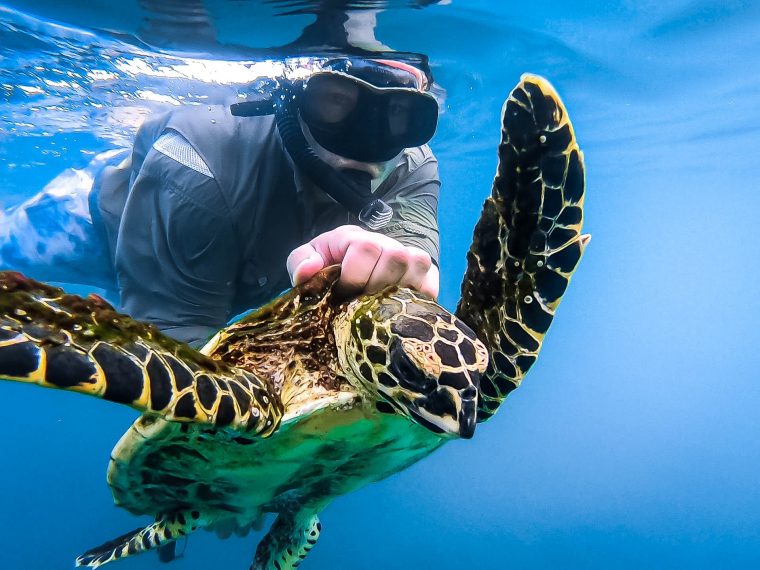
ABOUT THE AUTHOR
MCAF Grantee, Randall Arauz and Daniel Arauz Naranjo at Center for Endangered Marine Species (CREMA), coordinate a team of researchers whose objective is to protect species from unselective and destructive fishing practices through protected area development and the continued creation of sustainable economic opportunities in an increasing number of coastal communities. In this piece, Daniel Arauz Naranjo writes about the launch of CREMA’s marine monitoring and tracking program, which was supported in part by MCAF and designed to better understand the movement and activities of key species within and between MPA’s along Costa Rica’s Nicoya Peninsula.

